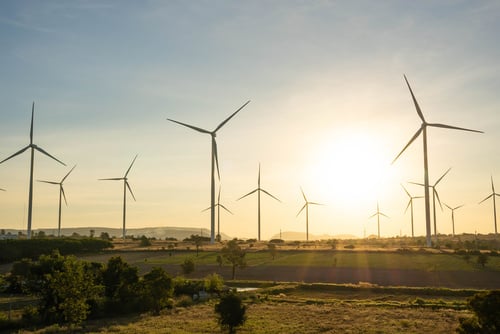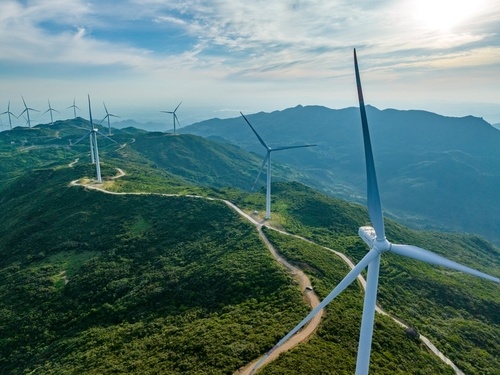Gas
Significant moves to the downside have been observed across the entire price curve in the UK, shedding an average of 9% week-on-week. These reductions have been linked to gas storage levels in the UK and Europe sitting above the 5-year average at 51% and 68% respectively.
Storage played a key role in saving Europe last winter and continues to be a critical pillar of energy security of supply going forward, especially as Russian gas flows to Europe have fallen by nearly 30bcm since the start of the year. The RepowerEU plan to end imports of Russian fossil fuels by 2027, underpinned by reducing demand and supply diversification. This puts further reliance on LNG where significant expansion of regasification capacity is needed along with long-term LNG deals. LNG imports have been strong despite the Asian LNG benchmark recently trading at a premium against Europe which could lead to increased global competition. Reduced heating demand has also been observed as mild temperatures persist, adding to the bearish view.
In the wider market, Brent Oil has been rangebound throughout the month although posting a gain of $1.37/bbl week-on-week. Gains were mostly correlated to U.S crude inventories posting a drawdown of 12.5MB along with comments from Saudi Arabia's energy minister that short-sellers betting oil prices will fall should "watch out" for pain. However, this was downplayed by the Russian Deputy Prime Minister Alexander Novak suggesting further production cuts may not materialise in the next OPEC+ meeting on 4th June. Despite these comments uncertainty over U.S. debt also weigh on prices. Some progress had been made but several issues remained unresolved in U.S. debt ceiling negotiations.
Power
UK Power prices shed an average of 11% in value across the curve last week. Markets however were afforded some reassurance as EDF announced it would be reducing maintenance periods for six of its nuclear reactors, whilst also bringing some maintenance periods forward into summer, seeing more capacity available through winter. This means French nuclear capacity for Winter 23 to be 5-10 GW higher than last year with 35GW available in October and 50GW by the start of 2024.
Growing confidence in gas supply also fed into the bearishness with demand keeping steady alongside improved renewable energy forecasts. Export activity across the interconnectors remains a likelihood in peak demand hours, though the reminder of ongoing efforts to ramp up supply security across the channel eases concerns of scarcity, and thus appetite for premium. Increasing certainty around supply pressures prices across the generation stack, seeing emissions costs hit multi-year lows.
Both Dec-23 UKA and EUA contracts have been on a downward trend since the end of winter with further divergence observed between the two carbon markets week-on-week. Soft energy fundamentals, low trading volumes and weak auction results all correspond to reduced pricing. The Commitment of Traders reports also showed net short position increased from investment funds.
Like our reports? Each day we send a Daily Energy Report keeping you abreast of all market changes - sign up to it below.






